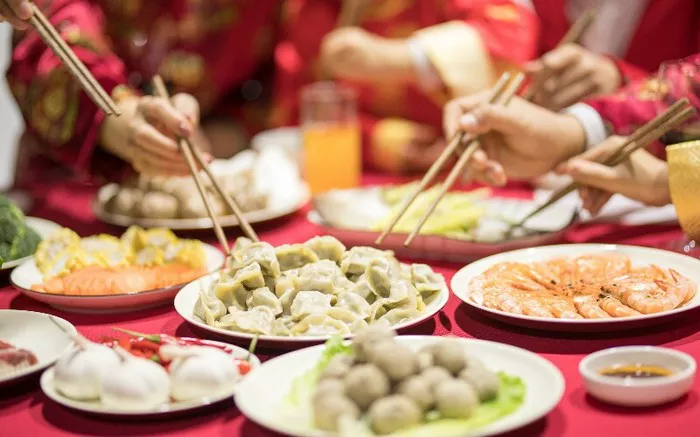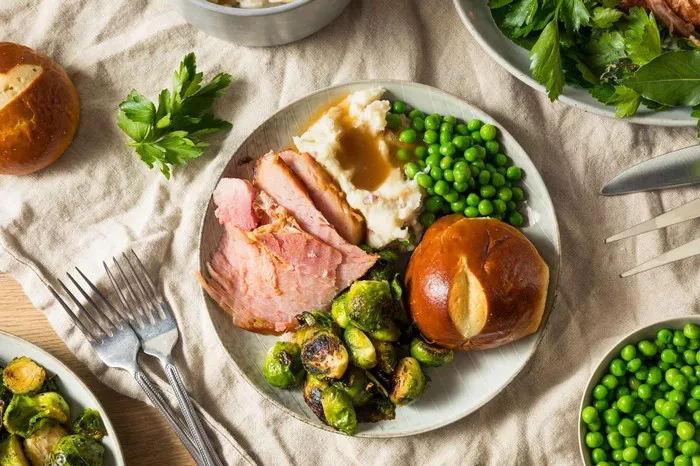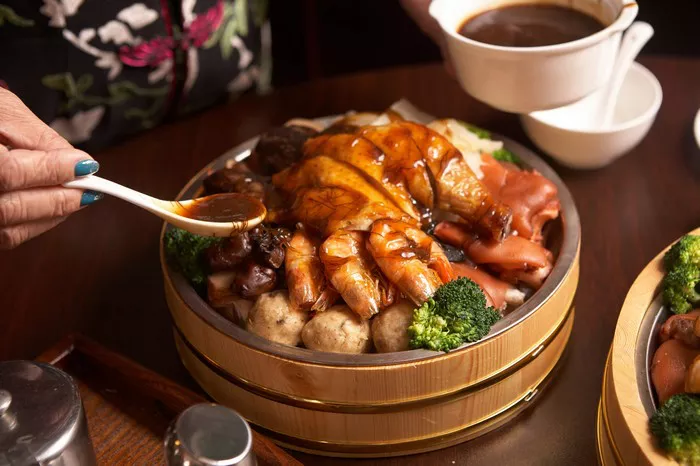China, a country steeped in rich traditions and ancient culture, celebrates numerous holidays throughout the year. Among these, one stands out as the most significant and revered – the Chinese New Year, or “Spring Festival.” In this comprehensive article, we will delve deep into this cherished holiday, exploring its history, customs, significance, and regional variations. Join us on a journey through the heart of China’s most important celebration.
I. History of the Chinese New Year:
Ancient Origins: Discover the roots of the Chinese New Year in ancient agricultural practices.
Lunar Calendar Connection: Explore how the lunar calendar influences the date of this holiday.
Evolution Over Time: Learn how the celebration has evolved throughout Chinese history.
II. Customs and Traditions:
Festive Decorations: Explore the symbolic meaning behind red lanterns, couplets, and paper cuttings.
Family Reunions: Understand the significance of family gatherings and the importance of the New Year’s Eve dinner.
Fireworks and Dragon Dances: Learn about the energetic and colorful festivities that mark the occasion.
III. Significance of the Chinese New Year:
Cultural Renewal: Understand how the holiday represents a fresh start and renewal of Chinese culture.
Symbolism of Zodiac Animals: Explore the 12 zodiac animals and their role in the New Year celebrations.
Economic Impact: Discuss how the holiday affects the economy with mass migration and shopping sprees.
IV. Regional Variations:
North vs. South: Highlight the differences in customs and traditions between northern and southern China.
Ethnic Minorities: Discover how various ethnic groups in China celebrate the New Year uniquely.
Global Observance: Explore how the Chinese New Year is celebrated worldwide, especially in Chinatowns.
V. Modern Celebrations:
Technology and Red Packets: Discuss the influence of technology, like digital red packets, on the holiday.
Travel Rush: Analyze the largest human migration on Earth during the Chunyun period.
Cultural Preservation: Highlight efforts to preserve and promote traditional customs in the modern era.
VI. Conclusion:
In conclusion, the Chinese New Year, or Spring Festival, is undoubtedly the most important and cherished holiday in China. It not only reflects the rich cultural heritage of the nation but also demonstrates the enduring importance of family, tradition, and renewal in Chinese society.
FAQs related to the topic Important Holiday in China:
1. When does the Chinese New Year typically occur?
The Chinese New Year, also known as the Spring Festival, usually falls between January 21 and February 20, depending on the lunar calendar. It follows the lunar new year, which is different from the Gregorian calendar’s new year.
2. How long does the Chinese New Year celebration last?
The Spring Festival is traditionally celebrated for 15 days, starting from New Year’s Eve and ending with the Lantern Festival. However, festivities and preparations often begin weeks in advance.
3. What are the key customs during the Chinese New Year?
Key customs include decorating homes with red lanterns and couplets, performing dragon and lion dances, giving and receiving red envelopes (hongbao), and lighting firecrackers and fireworks.
4. What is the significance of the zodiac animals in the Chinese New Year?
Each year in the Chinese zodiac is associated with one of 12 animals. The animal of the year is believed to influence the personality traits and destiny of individuals born in that year. This tradition adds an interesting layer of symbolism to the holiday.
5. How does the Chinese New Year impact travel in China?
The Chinese New Year triggers the world’s largest human migration, known as Chunyun. Millions of people travel to their hometowns to reunite with family, causing a significant increase in transportation activity.
6. Are there any special foods associated with the Chinese New Year?
Yes, there are many traditional dishes. One of the most iconic is “jiaozi” (dumplings), which symbolize wealth and prosperity. Other dishes include fish, which represents surplus, and “nian gao” (rice cake), symbolizing a higher income or status.
7. How is the Chinese New Year celebrated outside of China?
The Chinese New Year is celebrated by Chinese communities around the world, especially in Chinatowns. Parades, cultural performances, and traditional food are common features of these celebrations.
8. How can travelers experience the Chinese New Year while visiting China?
Travelers can immerse themselves in the festivities by attending local parades, trying traditional foods, participating in temple fairs, and experiencing the vibrant atmosphere of Chinese New Year celebrations.
9. How has the Chinese New Year evolved in the modern era?
In the modern era, technology has played a significant role, with the rise of digital red envelopes and online greetings. However, efforts are also made to preserve and promote traditional customs to ensure their continuity.
10. Are there any superstitions or taboos associated with the Chinese New Year?
Yes, there are various superstitions and taboos, such as avoiding certain words and actions that are considered unlucky during the holiday. These can vary by region and family.


























